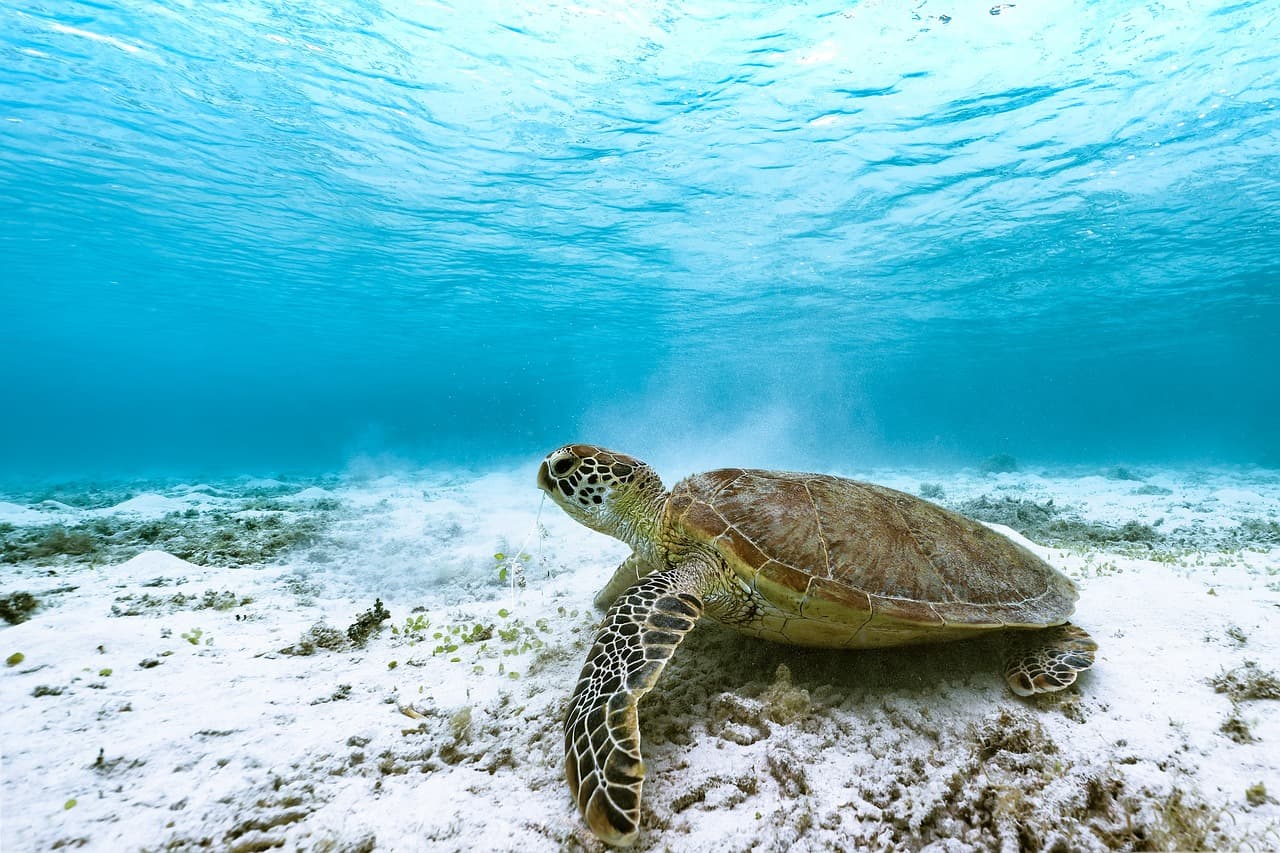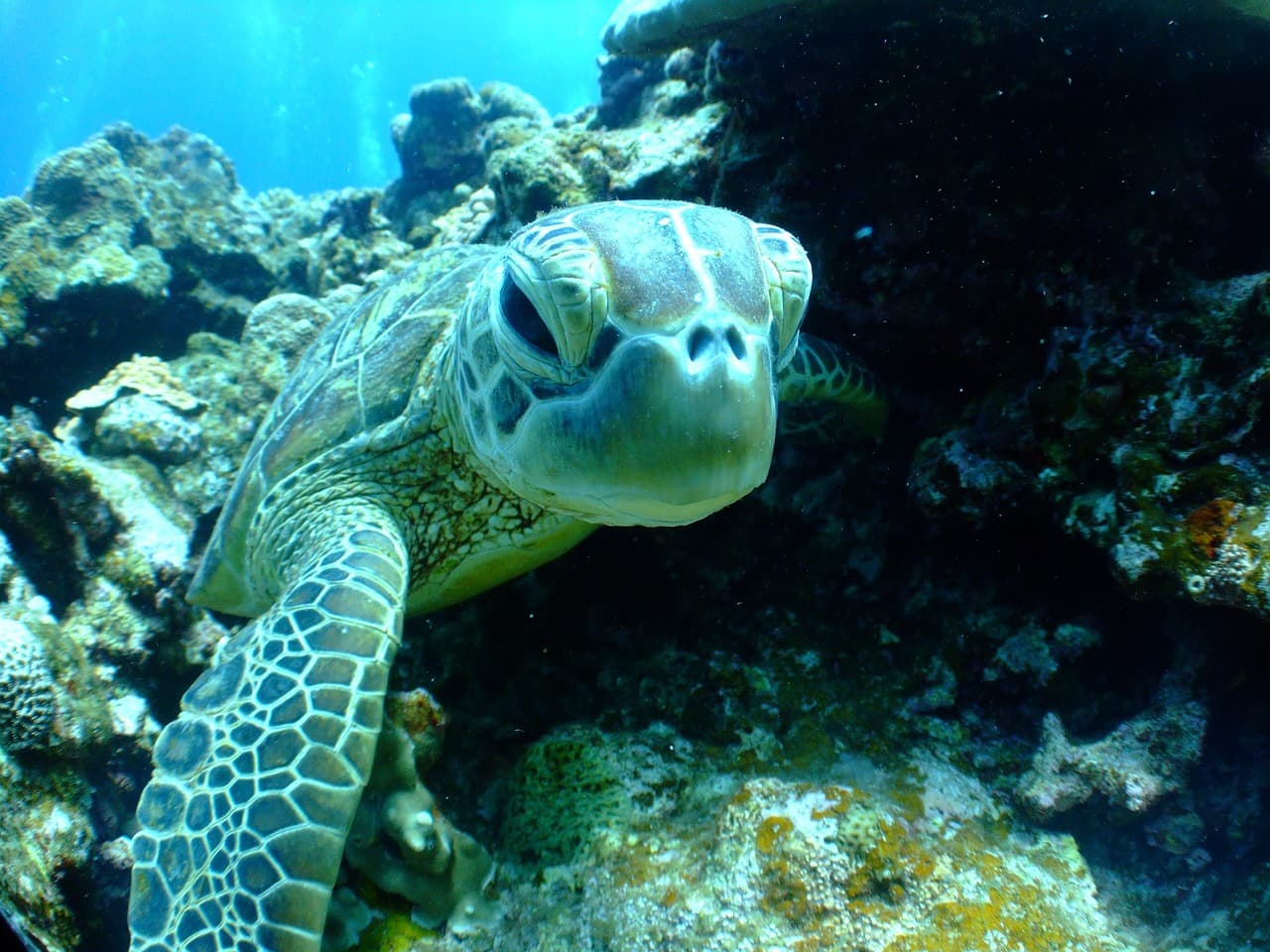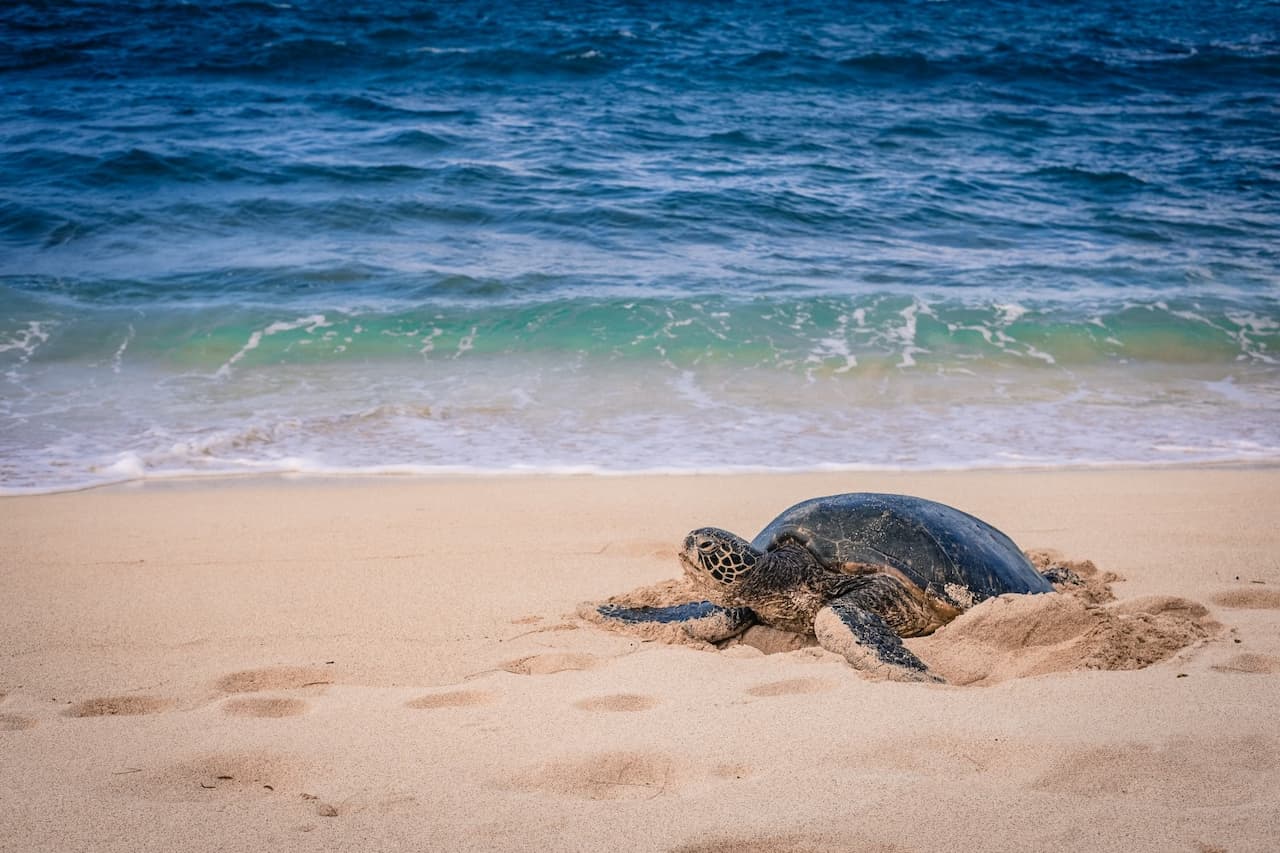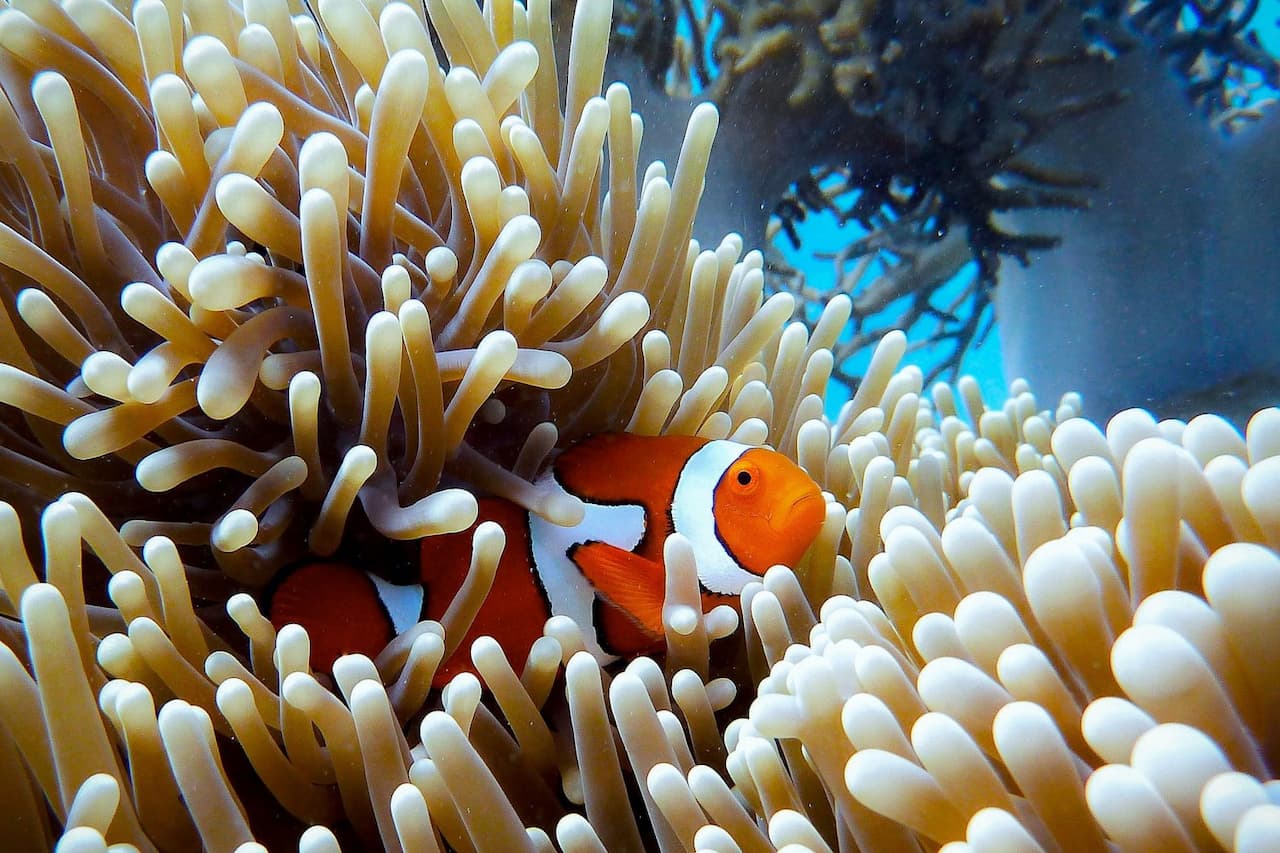Sea turtles have been navigating the world’s oceans for over 100 million years, surviving mass extinctions and dramatic shifts in the Earth’s climate. However, today, these ancient mariners face a new and insidious challenge: climate change. One of the most alarming consequences of global warming is its impact on sea turtle gender ratios, a factor that could jeopardise the survival of these species in the coming decades.
The Science Behind Temperature-Dependent Sex Determination
Unlike humans and many other animals, the sex of sea turtles is not determined by chromosomes but by the temperature at which the eggs incubate. This phenomenon, known as temperature-dependent sex determination (TSD), means that warmer temperatures generally produce female hatchlings, while cooler temperatures tend to result in males. The pivotal temperature, where the ratio between male and female offspring is balanced, typically hovers around 29°C (84.2°F).
As global temperatures rise due to human-induced climate change, the sands where sea turtles lay their eggs are heating up, leading to a higher proportion of female hatchlings. This shift in gender ratios has already been observed in various sea turtle populations around the world. For instance, studies have shown that in some rookeries, the proportion of female hatchlings now exceeds 90%, a drastic increase from historical levels.
The Long-Term Implications for Sea Turtle Populations
The skewed gender ratios have profound implications for the future of sea turtle populations. In the short term, a predominantly female population might lead to a temporary increase in the number of breeding females, which could boost population numbers. However, as the number of males continues to dwindle, the long-term prospects are dire. A lack of sufficient males could lead to reduced genetic diversity, inbreeding, and eventually, a population decline.
Moreover, sea turtles are already grappling with other threats, such as habitat loss, pollution, and poaching. The added pressure of an unbalanced sex ratio could tip the scales against their survival. Conservationists are concerned that without intervention, some sea turtle species may face an existential threat, potentially leading to extinction.
Mitigation Strategies and Future Outlook
Addressing the impact of climate change on sea turtle gender ratios requires both local and global efforts. On a local level, conservationists are exploring methods to cool nesting sites, such as shading nests or relocating them to cooler areas. These interventions can help ensure a more balanced sex ratio. Additionally, protecting nesting beaches from development and human interference remains a critical component of conservation efforts.
On a broader scale, mitigating climate change by reducing greenhouse gas emissions is crucial. International agreements like the Paris Accord aim to limit global temperature rise, which could help stabilise environmental conditions for sea turtles and countless other species.
To develop effective strategies, conservationists often need to rely on a broad range of information sources and expert reviews, similar to how one might seek out comprehensive reviews when choosing a reliable online platform, such as the detailed insights provided by websites reviewing casinos like https://play-fortune.ro/casino/play-fortuna/. Just as these reviews guide players in making informed decisions, thorough research and expert analysis help conservationists in crafting strategies to protect sea turtles against the unpredictable consequences of climate change.
The Role of Public Awareness and Community Involvement
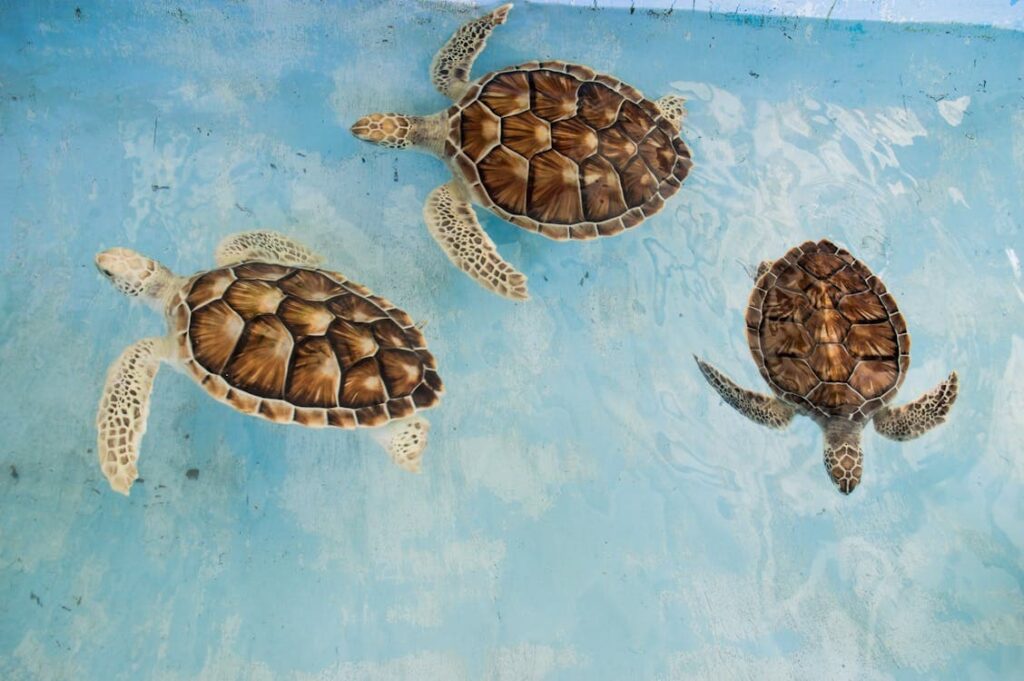
Public awareness is another critical factor in sea turtle conservation. Many people are unaware of the profound impacts that climate change has on wildlife, particularly species like sea turtles that rely on specific environmental conditions for their survival. Educating communities, especially those living in coastal regions where turtles commonly nest, can have a significant positive impact on conservation efforts. When local communities are informed about the challenges that sea turtles face, they are more likely to support and participate in initiatives aimed at protecting these creatures.
Local involvement can take many forms, from volunteering in beach patrols that monitor nesting sites to participating in programs that protect eggs and hatchlings. Simple actions, such as reducing beachfront lighting during nesting season, can make a substantial difference in the survival rates of hatchlings, as artificial lights often disorient them, leading them away from the sea. Additionally, community-driven efforts to clean beaches and reduce plastic pollution directly benefit sea turtles, which are often victims of plastic ingestion and entanglement.
By fostering a sense of ownership and responsibility among coastal communities, conservationists can create a powerful network of advocates for sea turtles. These grassroots efforts are essential, as they provide a sustainable, long-term solution to the challenges posed by climate change. When local communities understand the importance of preserving nesting sites and actively participate in conservation, the chances of success increase dramatically. Moreover, these efforts often inspire broader environmental awareness and action, creating a ripple effect that benefits not only sea turtles but also other vulnerable species and ecosystems.
Moreover, just as players at https://play-fortune.ro/joaca/hot-target-slot/ aim for the perfect balance of risk and reward, conservation strategies must balance immediate actions with long-term sustainability. By combining scientific research with community engagement, there is hope that sea turtles can continue to thrive in a changing world.
Conclusion
The impact of climate change on sea turtle gender ratios presents a complex challenge, but it is not insurmountable. With targeted conservation efforts, increased public awareness, and global action on climate change, we can help ensure that these ancient creatures remain a vital part of our oceans for generations to come. The survival of sea turtles is not just a matter of preserving a species; it is a reflection of our commitment to protecting the planet’s biodiversity in the face of unprecedented environmental change.
